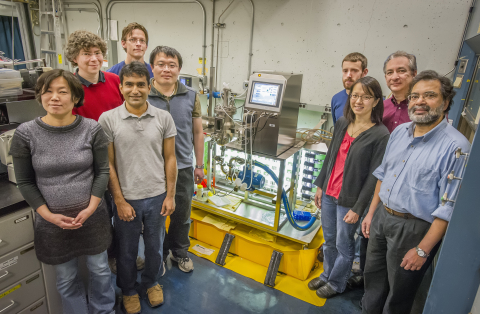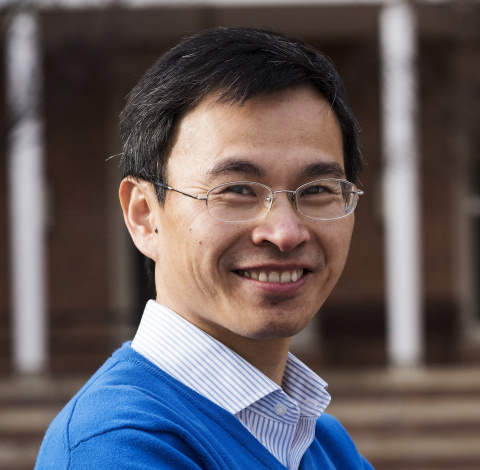With help from next-generation particle accelerators, the approach may nail down the rate of oxygen production in the universe.

The Department of Energy’s superhighway for scientific information has been crucial to furthering research in the past, present, and future.

Schwartz is developing theoretical tools to understand beams of particles that exploit the improved measurement capabilities of the LHC detectors.
Researchers discover the recipe for making shells, spines, and coral skeletons is not only the same across many modern animal lineages, but is ancient
Pritzker School of Molecular Engineering researchers have shown how living liquid crystals, materials that can act on their own, create patterns.

Qian’s 2010 Early Career Award has supported his work to develop new detection technologies for microbial and plant organisms regulation.

As director of the Linac Coherent Light Source, Mike Dunne helps make it possible for scientists to use one of the world’s most powerful x-ray systems

Shaw’s 2010 Early Career Award has supported her work to improve fuel cell catalyst efficiency by mimicking biological features of enzymes.

At the PTL Energy Frontier Research Center, scientists push to make light more efficient, which is key to re-imaging solar panels & other technologies
At SLAC’s FACET facility, researchers have produced an intense electron beam by 'sneaking’ electrons into plasma.

